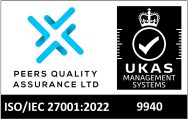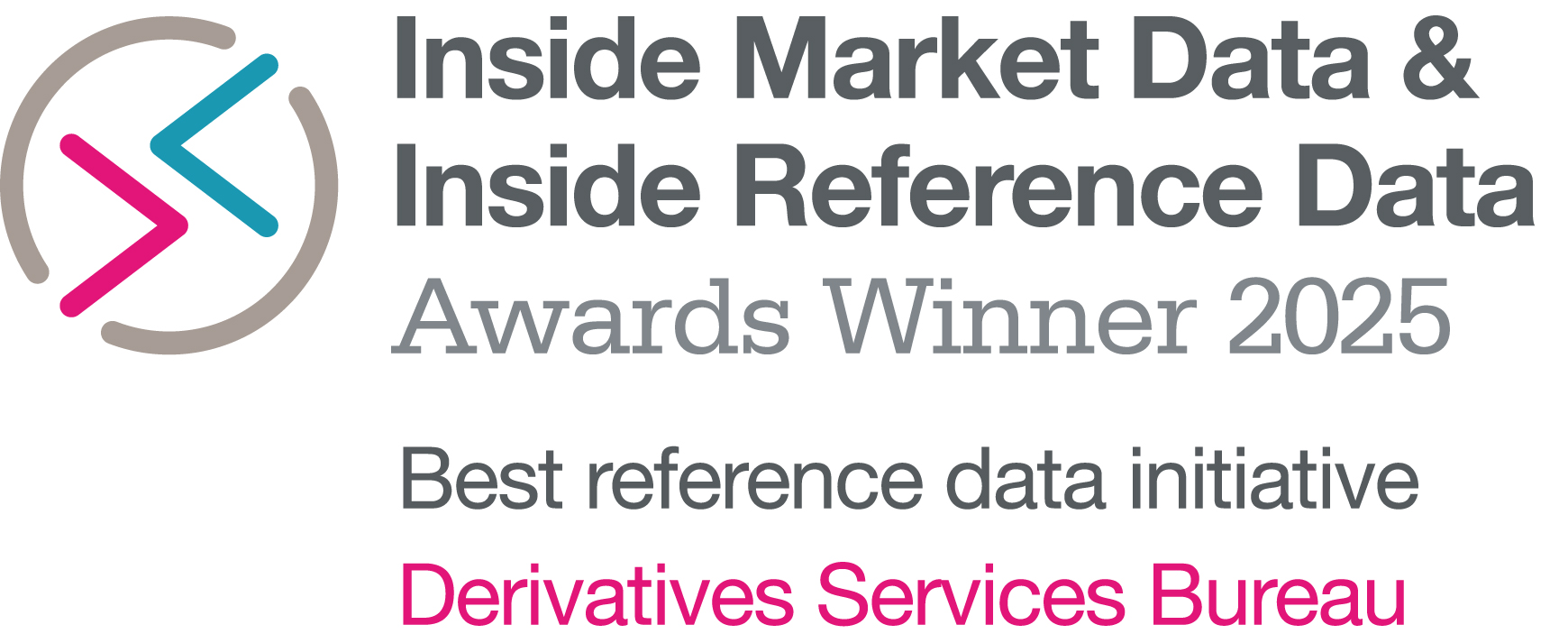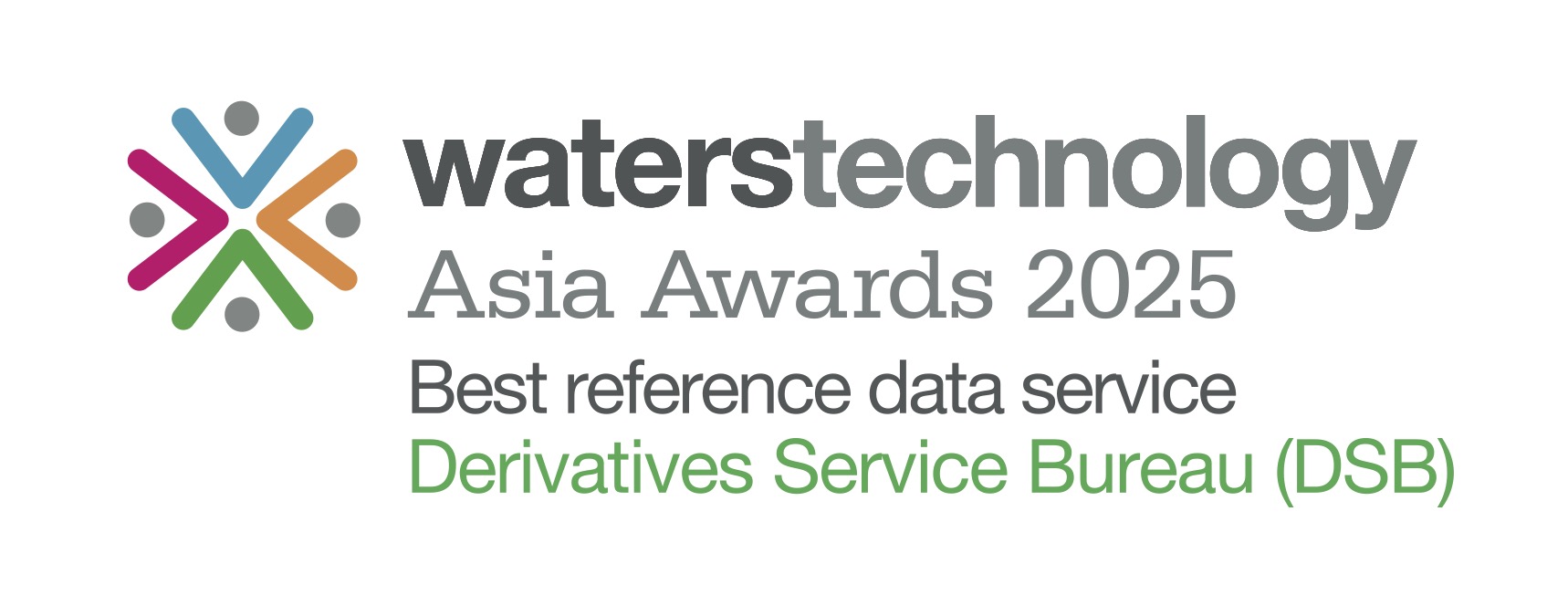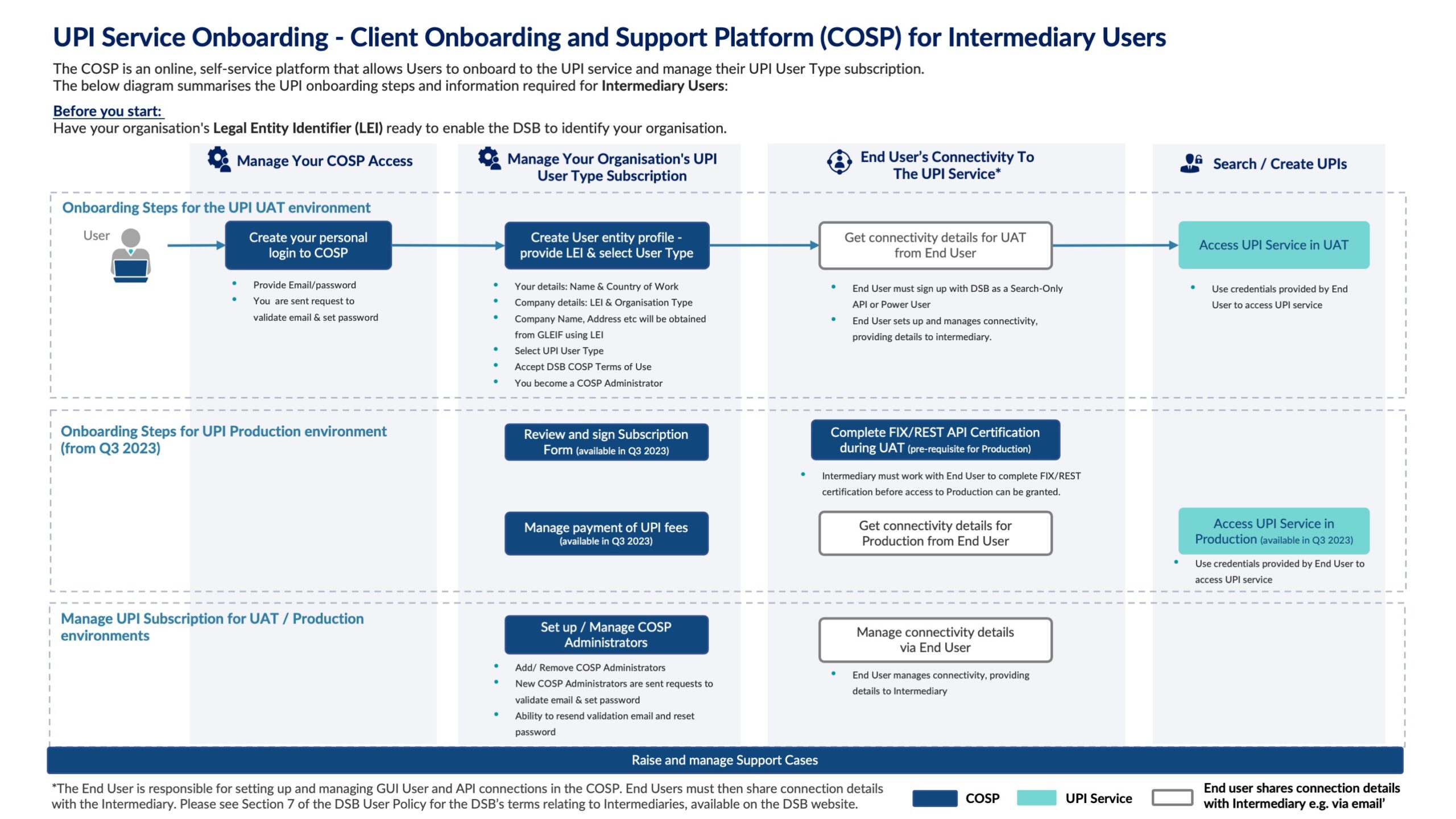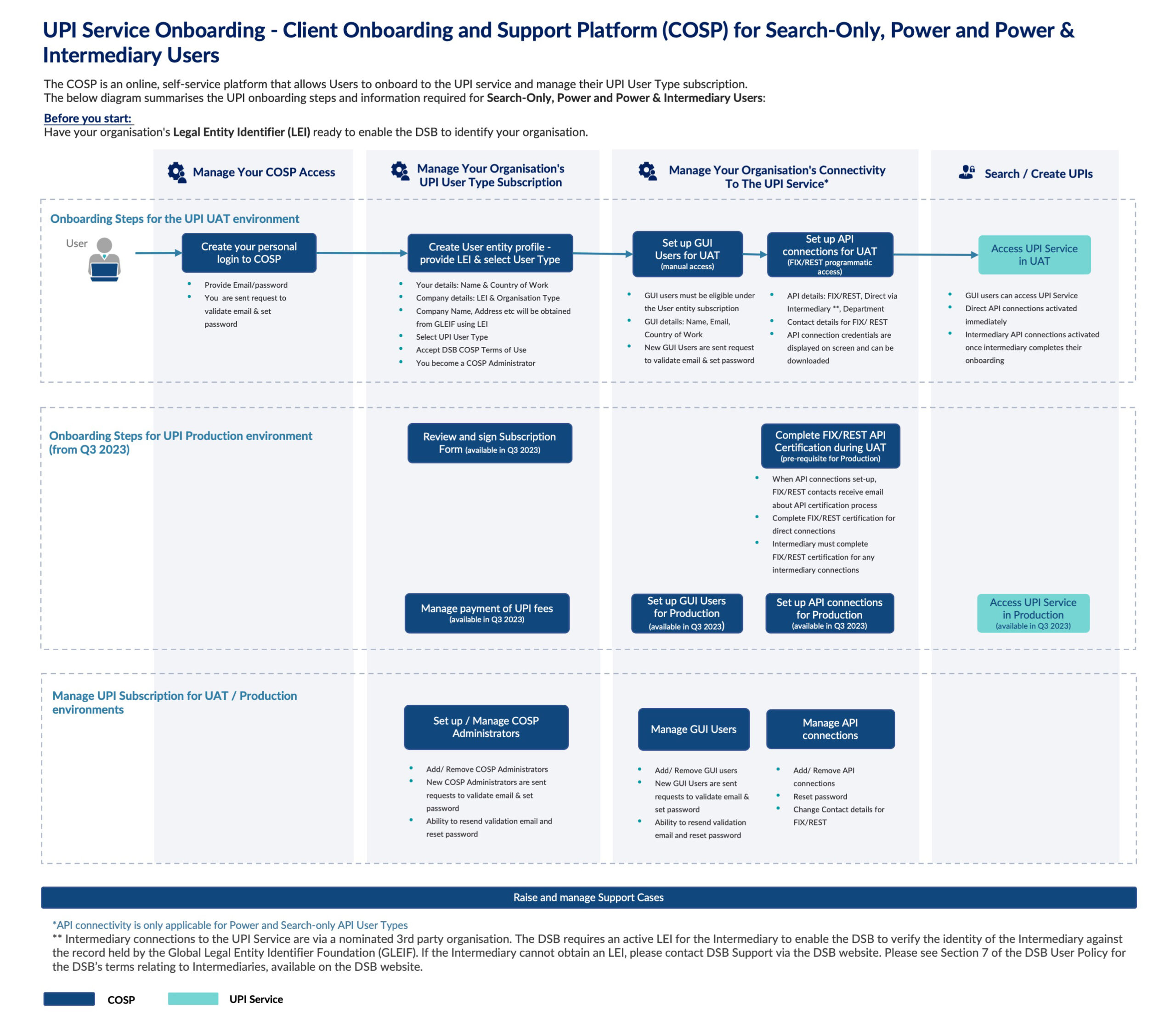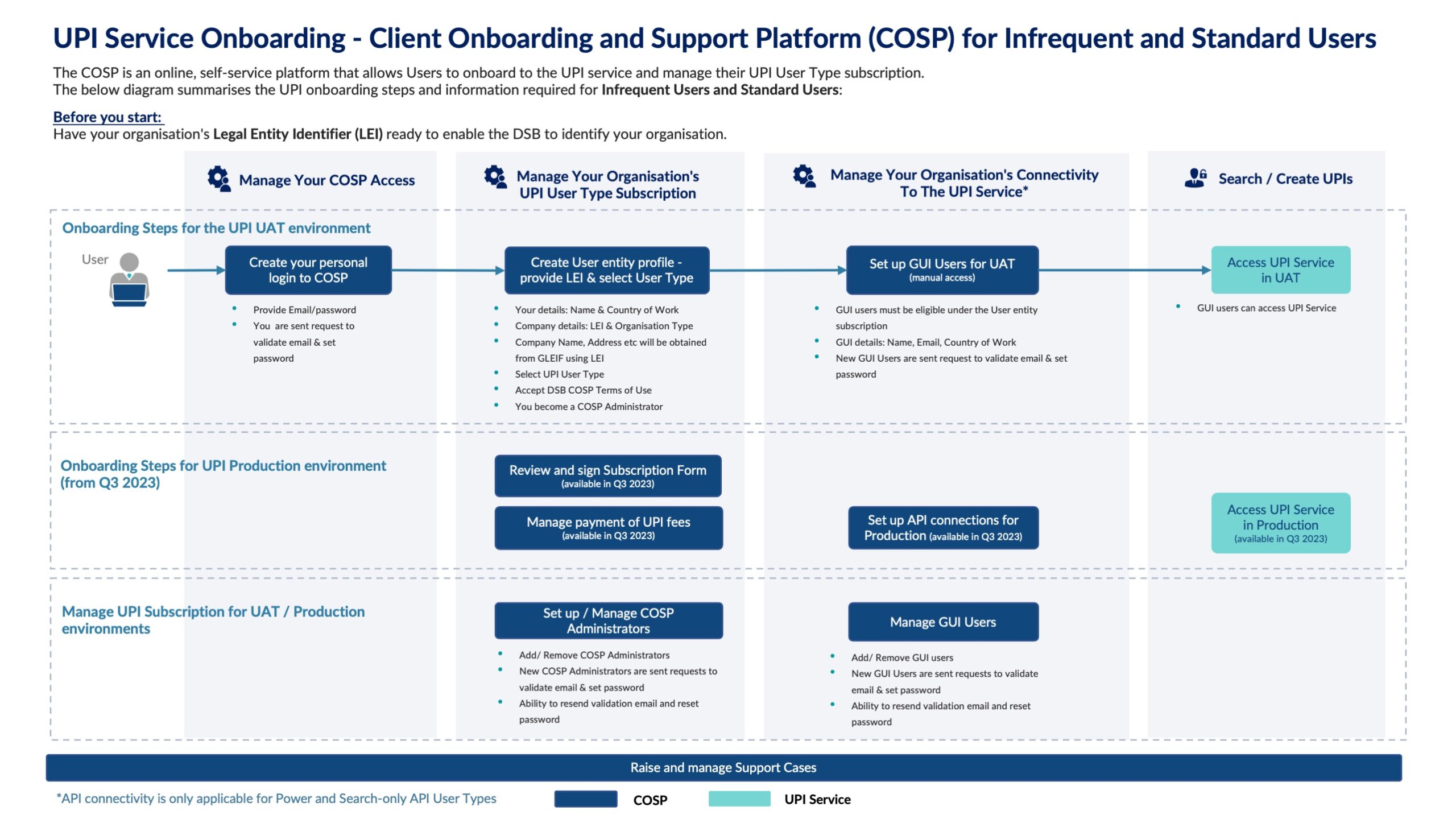The DSB spoke with David Broadway, the outgoing chair of the Technology Advisory Committee (TAC). In this interview for our newsletter, David discusses the role of the TAC, how it has evolved, the creation and future of the UPI standard, how people can get involved and more.
1. What do you see as the role of the TAC?
David: To me it’s very much about the service provided by the DSB – its scope and how it is delivered. A key aspect of the TAC’s work is to assist the DSB in its assessment of the responses to the consultation process, insofar as they provide feedback on ideas to extend and improve the service offering and the technology stack that supports it; the way in which users can access it; and the priority that should be assigned to changes in these respects.
Besides that, the TAC may be asked to advise on requirements that might arise due to more specific developments, such as the designation of the DSB to become the UPI Service Provider.
2. How do you think the focus of the TAC has evolved over your tenure as TAC Chair?
David: Whereas in the first year, the discussions were more about enhancing the service that users see day-to-day, the last year has seen a greater focus on resilience, working to enhance the DSB’s security policy and strategy and the appointment of a Chief Information Security Officer; as well as on business continuity and failover arrangements.
We have also dedicated time, through a specific sub-group, to assist the DSB in its consideration of the high level functional and work-flow requirements to assign UPIs, both as part of the ISIN workflows and independently for users in markets where the ISIN may not be mandatory.
3. Can you tell us more about the creation of the UPI standard and the work of the TAC?
David: In addition to designating the DSB as the UPI service provider, the Financial Stability Board also determined that the UPI itself and the associated reference data elements should be codified in the form of an ISO standard, building on technical recommendations that were developed and published by CPMI-IOSCO.
ISO is now developing that standard, to be designated ISO 4914 in due course. This will specify the structure and format of the UPI and the associated minimum set of reference data elements necessary, depending on the asset class and type of derivative, to identify a particular OTC derivative product.
Work on this began in June and is progressing well, with an initial ballot underway to validate the work so far and receive comments from members of the relevant ISO standards committee. The next stage will be to address any comments that may be received, before moving to a full ballot of ISO member bodies on a Draft International Standard. The objective is for the final standard to be published and implemented by the DSB in good time before the FSB’s recommended adoption of the UPI by regulators in 2022.
As I mentioned earlier, the TAC’s focus has been very much on the workflows that will be needed to request and create UPIs and search the UPI Reference Data Library, leveraging on the similar processes that exist today for the ISIN. The other key aspect – the structure of the templates that will be required to capture the data and additional attributes that might be collected or derived over and above the minimum set specified in ISO 4914 – is something the DSB’s Product Committee will consider separately.
4. What do you think the TAC will be focusing on this coming year?
David: Continual improvement is an ongoing theme for the TAC, but a particular focus at this point is resilience and service availability, for which I think there will be various checkpoints to monitor.
However, to my mind implementation of the UPI clearly will be key for the DSB in the coming year and likely to be a significant area of focus for the TAC.
5. What do you think has made the TAC particularly effective, which despite being relatively new is already well established?
David: For me, that is down to two things – the quality of the individuals who make up the TAC, both in the knowledge and experience they bring to discussion and their willingness to engage; and the preparation by the management team and secretariat. My contribution is merely as a moderator in the meetings – a job that is made pretty easy by everyone else.
6. How can industry representatives feed into the work of the TAC?
David: The DSB is always in listening mode – consultation topics often begin with requests and comments from users. I would encourage anyone with thoughts on how they would like to see the service develop to contact the DSB and put them forward.
In addition, the TAC charter is deliberate in making its work transparent to the community – the full meetings are broadcast live and recordings of them published afterwards together with the materials we consider, followed by the minutes in due course. I would encourage anyone with an interest to listen in or review the materials afterwards and provide feedback to the DSB.


